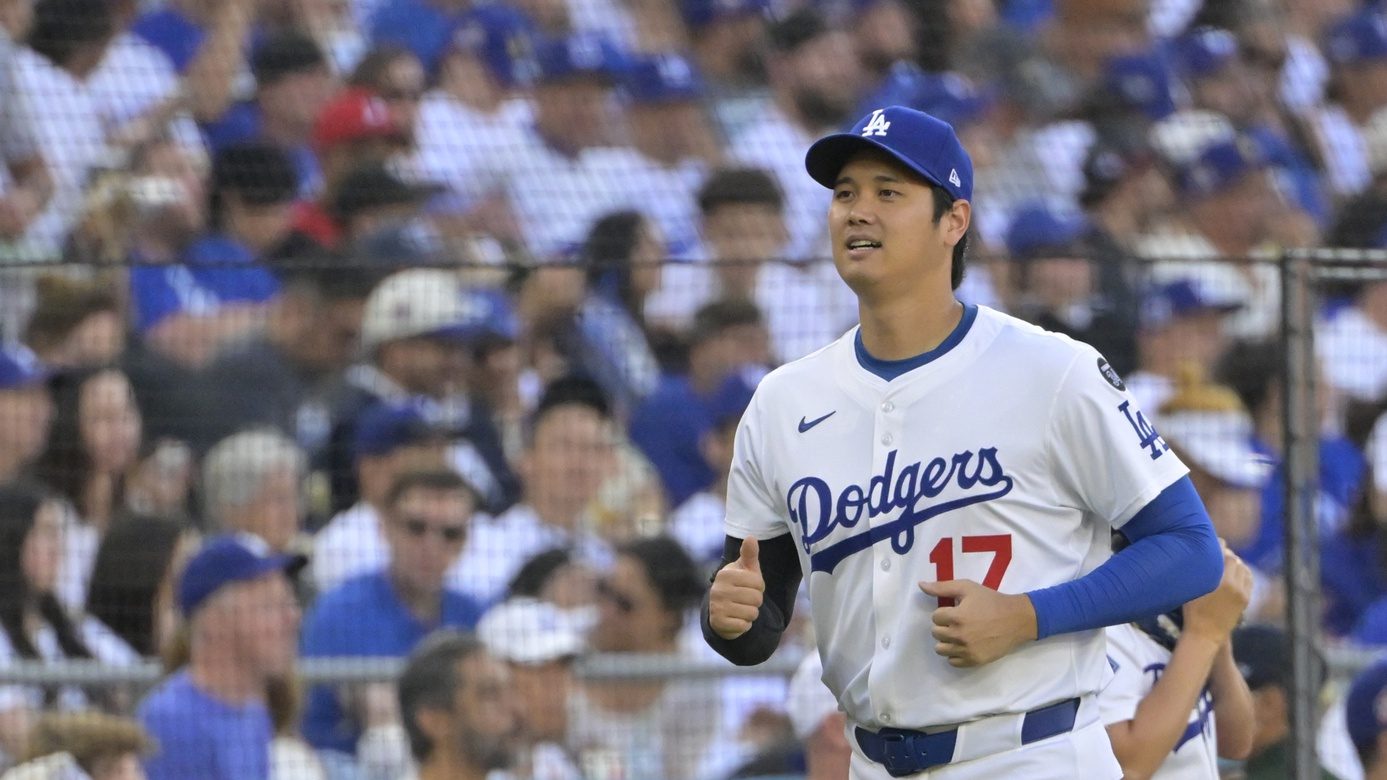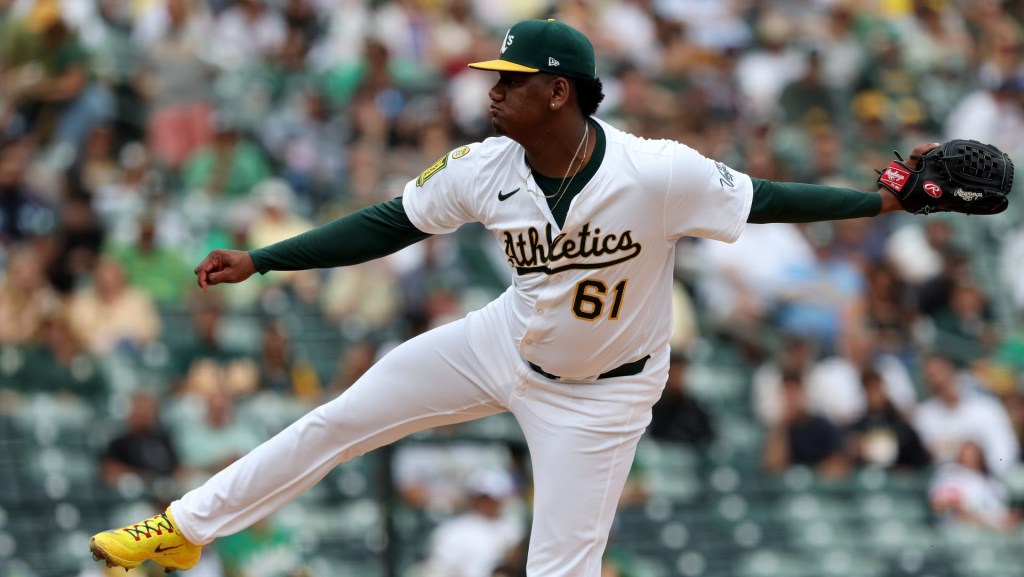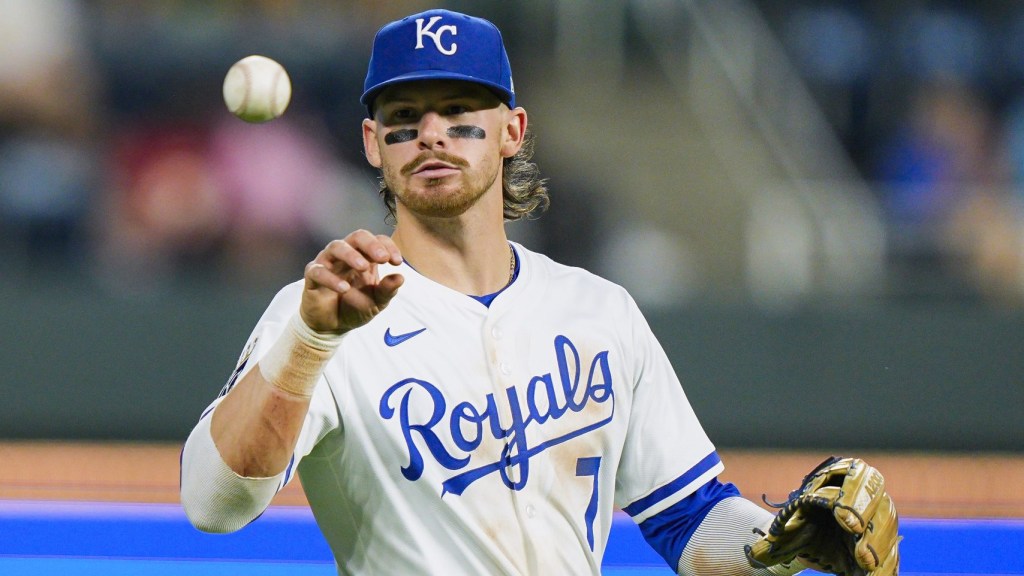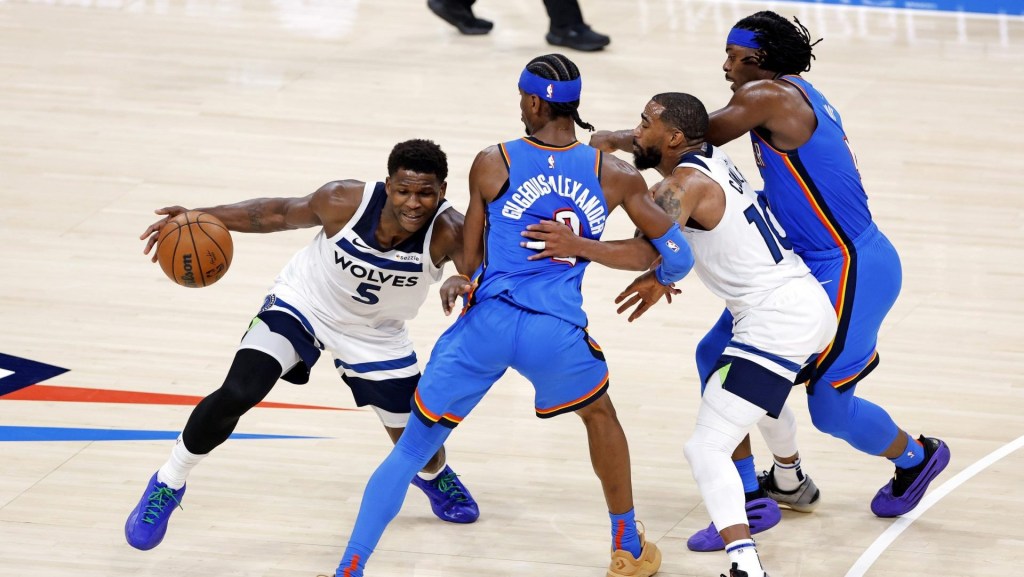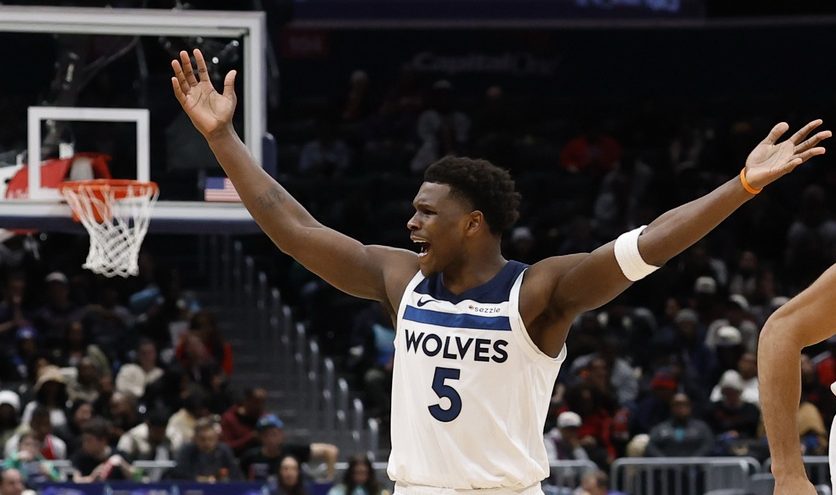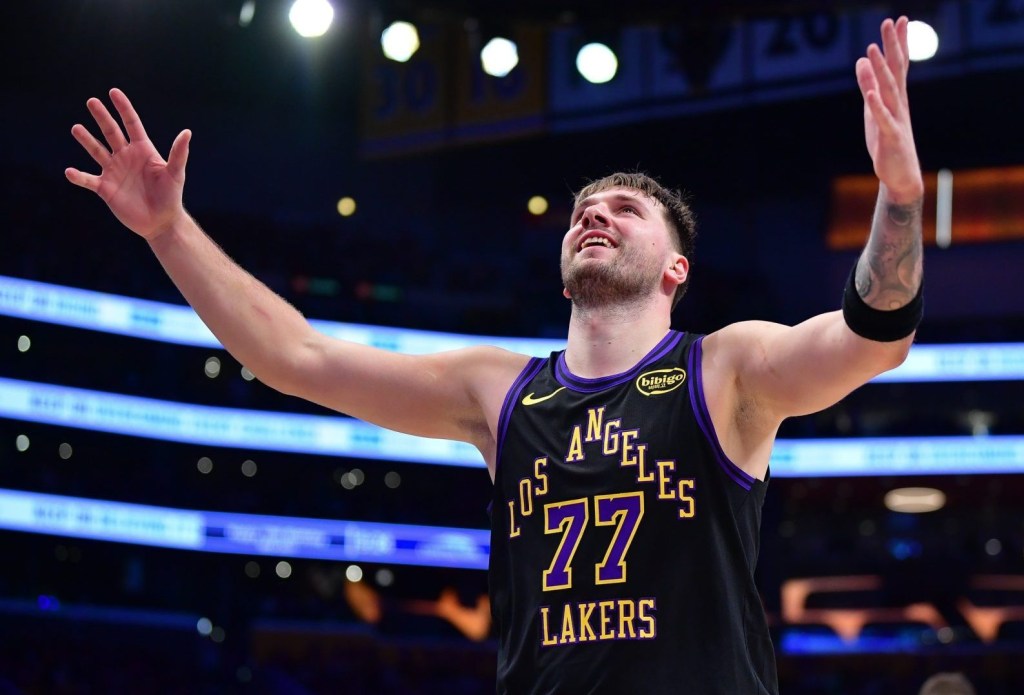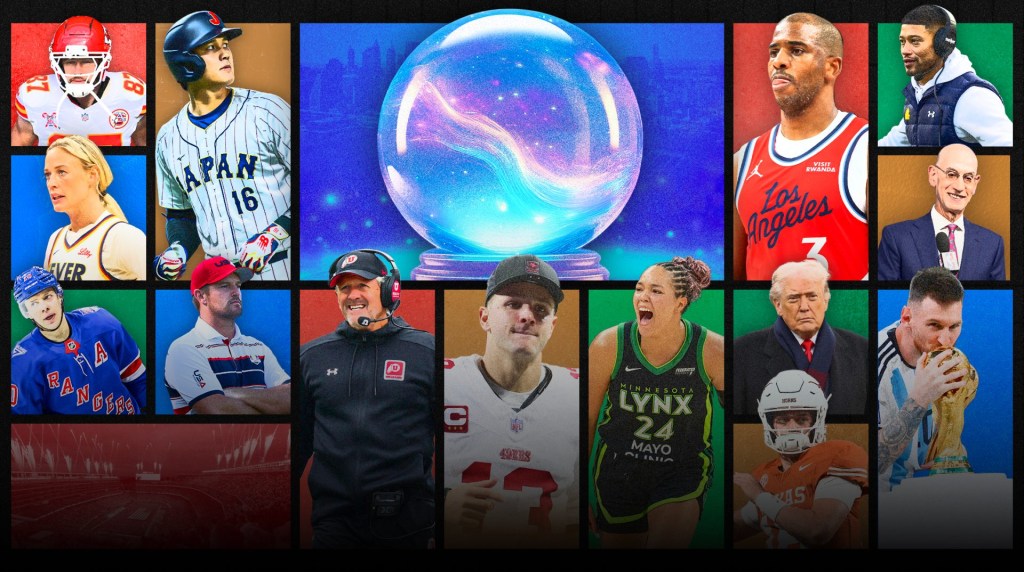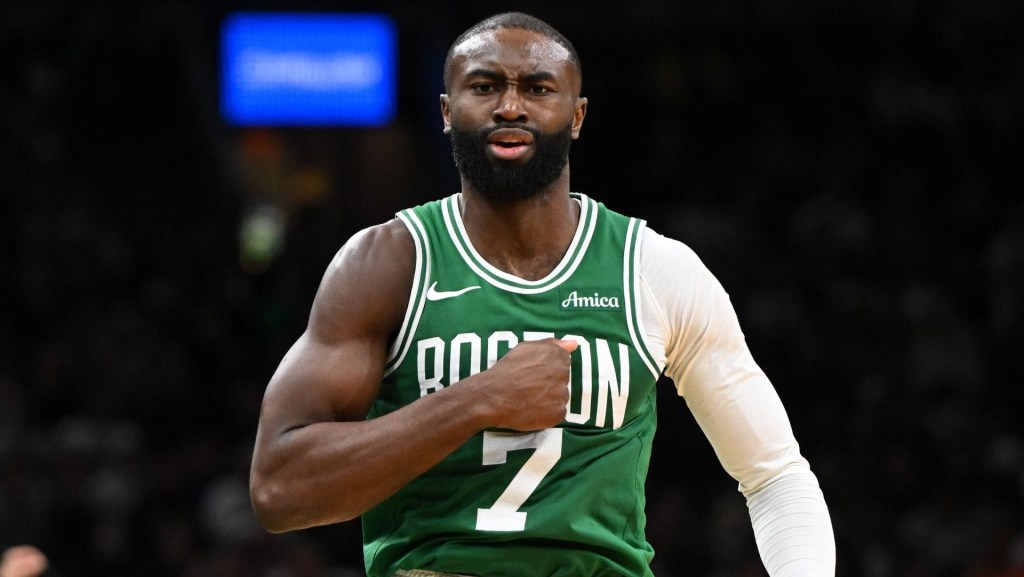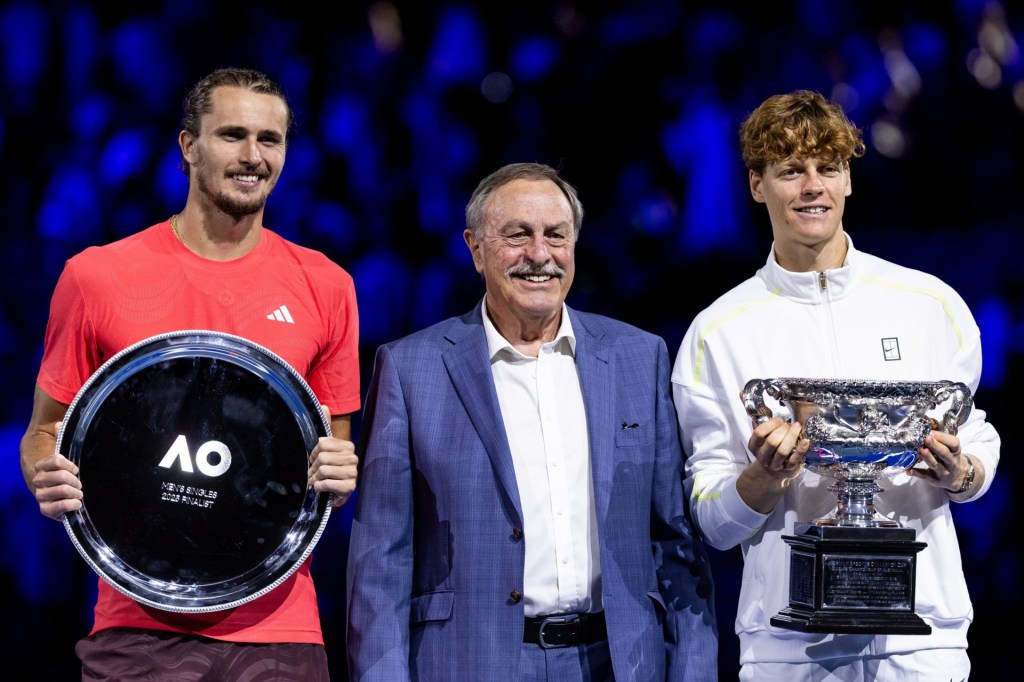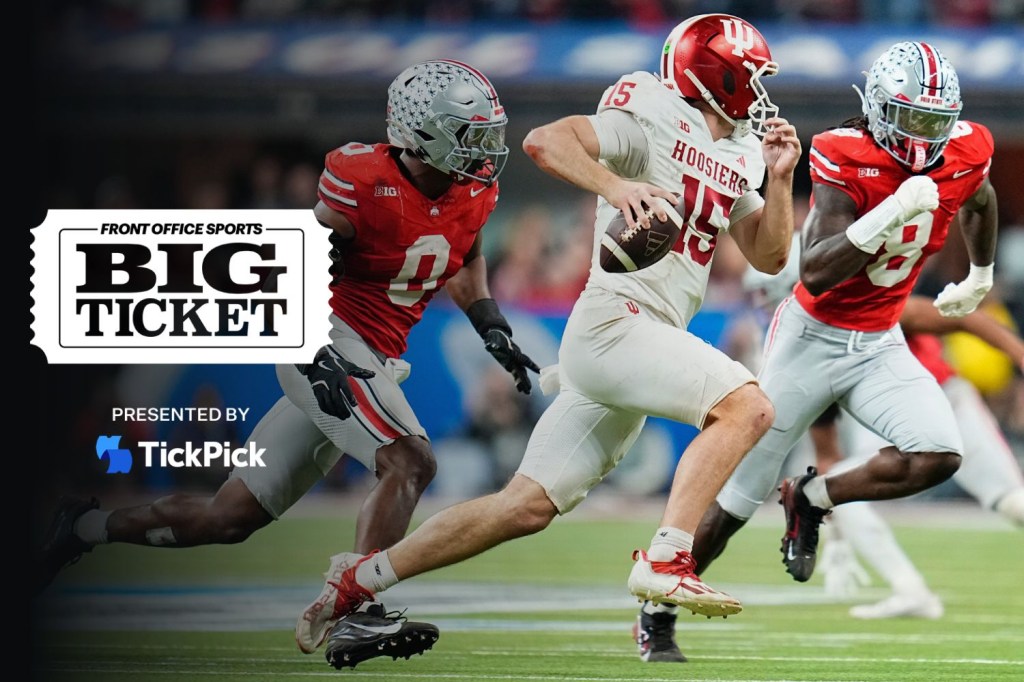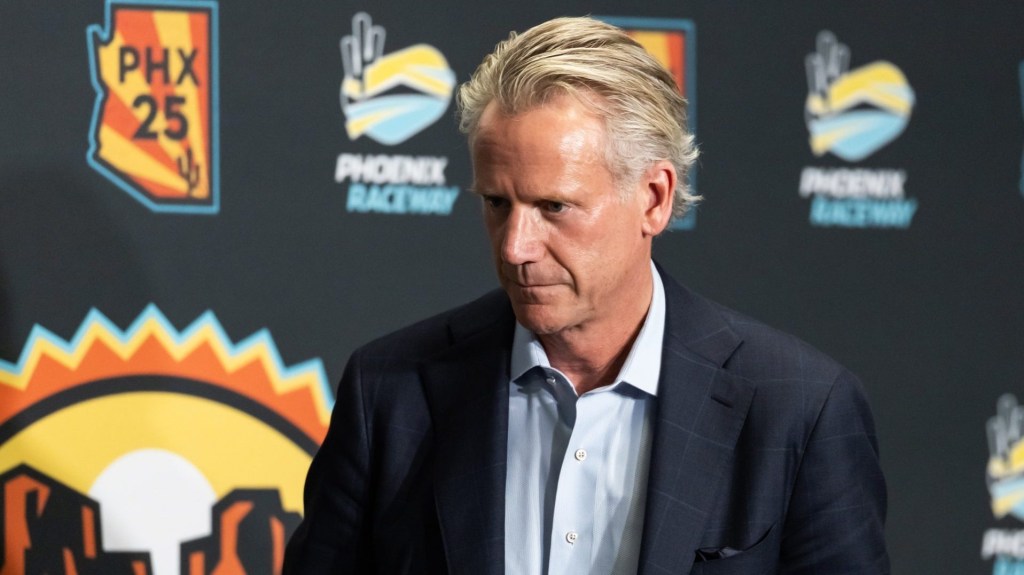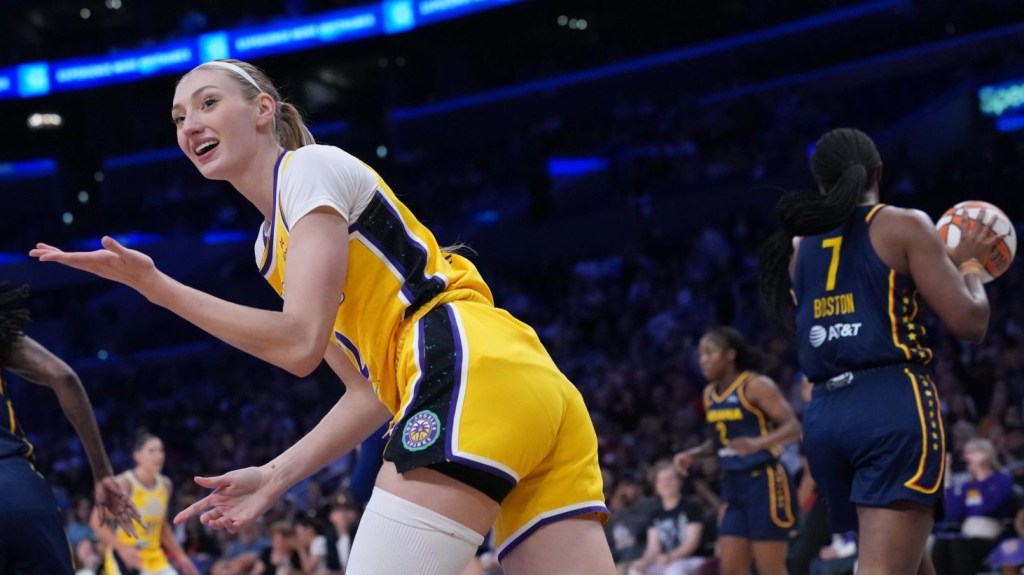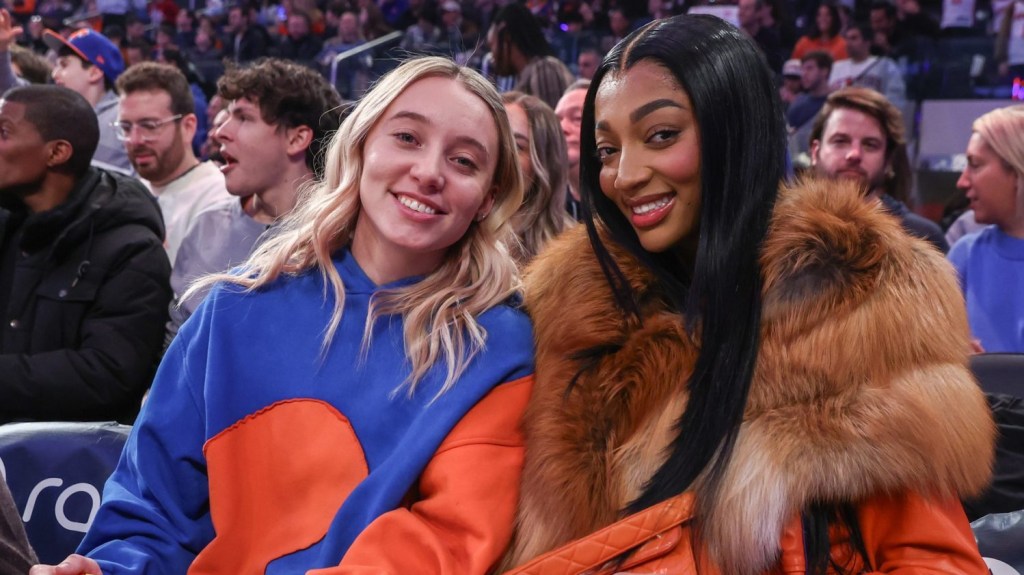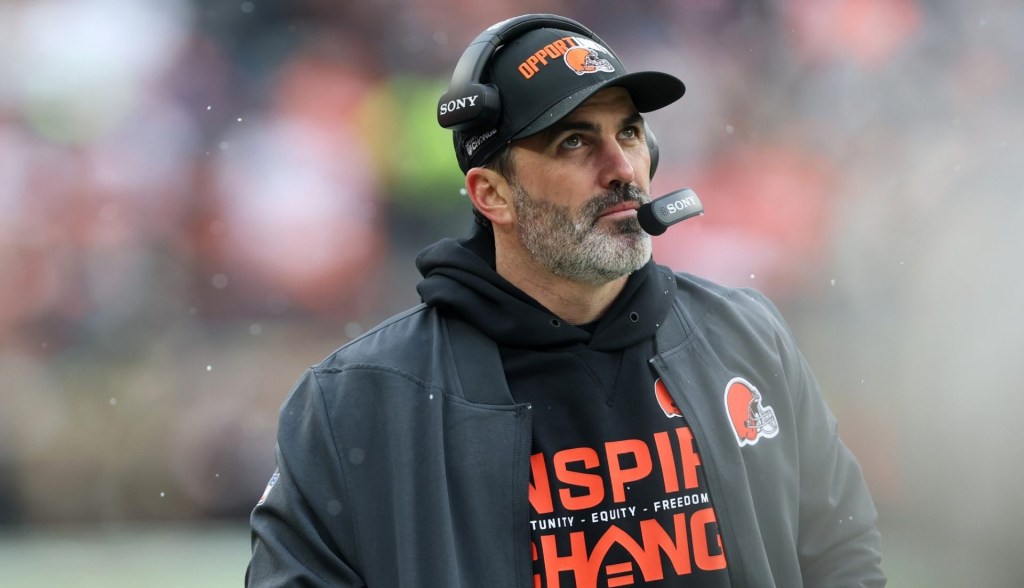Baseball has seen a resurgence in the past couple of years—attendance, ratings, and fan interest are higher. What’s behind baseball’s comeback? Some point to the pitch clock, which has shortened games. Others point to star players like Shohei Ohtani and other big names flourishing in larger markets.
If you ask Jonathan Mariner, a top executive for Major League Baseball for 14 years, it’s all that and more.
In 2023, MLB introduced the pitch clock to help speed up games—a strategy MiLB has used since 2014. New restrictions on the defensive shift were also implemented to help put more balls in play and create more action within a game.
Former MLB CFO Jonathan Mariner said the league had worked on such changes for years behind the scenes, and the implementation is finally showing results.
“I think the pitch clock has made a huge difference. When I was with the league I worked primarily for Bud Selig, spent some time with Rob [Manfred] as well, but the pace of game was something that Bud [Selig] always preached. It took some time to get a deal with the union in order to get those rules in place,” Mariner told Front Office Sports on the latest episode of Portfolio Players. “But it’s been a focus for the league for a long, long time, and I think it’s really showing great results”
The ratings back it up. Fox’s viewership is up 10% this year, and ESPN’s MLB broadcasts have reached 1.74 million viewers on a per-game average, the highest since 2017. Japan’s audience has grown 22% to an average audience of 2.7 million. MLB’s 2024 attendance hit a seven-year high of more than 71 million, with ticket holders trending younger. (In February, Manfred said early sales numbers indicated 2025 would see another boost in gate revenue.)
The boost, says Mariner, can also be tied to the movement of star players to big-market teams—and those teams winning on the field.
Three-time MVP Ohtani signed a 10-year $700 million contract with the Dodgers in 2023. Four-time All-Star Juan Soto was traded to the Yankees in 2024 to help fuel a World Series that was the highest rated since 2017, and was traded again to the Mets this year in a record-setting 15-year $765 million deal.
“We have a lot of young players that are coming along and stars really drive the sport to the extent that a player like Ohtani, they make a real difference, especially in a big market,” said Mariner, who was MLB CFO from 2002 to 2014. “Obviously, having a big-market club like the Dodgers win a World Series, you get a lot of eyeballs, it gets a lot of attention for sure.”
The uptick in ratings likely factored into the end of MLB’s 35-year relationship with ESPN, as the league wouldn’t accept a reduction in fees for broadcast rights—showing the network how much MLB views the value of its product.
“From my time at MLB, there was always this tension between ESPN and MLB in the sense that they needed each other, but—and this is just my view—ESPN, we were the second fiddle to the NFL,” Mariner said. “And I think the other sports leagues may feel the same way. ESPN loves the NFL. And I think that was always a factor… I’d like to see them get back together.”
The league still has media rights deals with Fox, Apple TV, TNT, Roku, and MLB Network—combined, they’re worth more than $1 billion a year.
